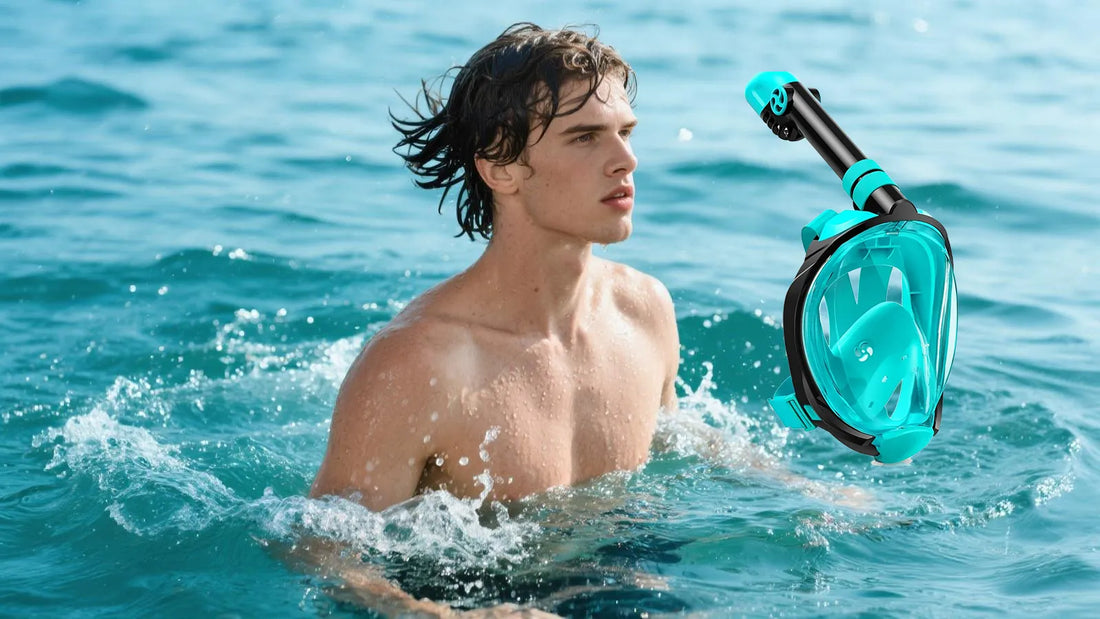Snorkeling, a beloved water activity enjoyed by millions today, has a rich and intriguing history that dates back centuries. The practice of exploring underwater worlds with minimal equipment has evolved significantly over time, shaped by human curiosity, innovation, and the desire to connect with the ocean. Let’s dive into the captivating story of how snorkeling began and how it became the popular pastime it is today.
The Ancient Roots of Snorkeling
Long before modern snorkeling gear existed, ancient civilizations found ways to explore the underwater world. Historical evidence suggests that early forms of snorkeling were practiced by divers in the Mediterranean, particularly in Greece and Rome. These divers used hollow reeds or tubes to breathe while submerged, allowing them to gather sponges, pearls, and other valuable resources from the seafloor.
In addition to the Mediterranean, indigenous cultures in the Pacific Islands also developed techniques for underwater exploration. Polynesian and Micronesian divers used wooden goggles and practiced free diving to harvest food and resources from the ocean. These early practices laid the foundation for what would later become snorkeling.
The Renaissance and the Birth of Modern Snorkeling
The Renaissance period marked a turning point in the development of snorkeling. During this time, inventors and scientists began experimenting with ways to improve underwater exploration. Leonardo da Vinci, for example, sketched designs for diving apparatuses that included air tubes and masks. While these designs were never built, they demonstrated a growing interest in underwater technology.
By the 16th century, diving bells and other rudimentary devices were being used to explore underwater environments. These innovations paved the way for the creation of more advanced snorkeling equipment in the centuries that followed.
The 20th Century: Snorkeling Takes Off
The 20th century saw significant advancements in snorkeling technology, making the activity more accessible and enjoyable for the general public. The invention of the modern diving mask in the 1930s was a game-changer, allowing swimmers to see clearly underwater. Around the same time, the development of the snorkel tube, which attaches to the mask and extends above the water, made it easier for people to breathe while floating face-down.
During World War II, military forces used snorkeling techniques for reconnaissance and underwater missions. After the war, surplus snorkeling gear became available to civilians, sparking a surge in recreational snorkeling. The activity quickly gained popularity as a way to explore coral reefs, observe marine life, and enjoy the beauty of the ocean.
Snorkeling in the Modern Era
Today, snorkeling is a global phenomenon, enjoyed by people of all ages and skill levels. Advances in materials and design have made snorkeling gear more comfortable, durable, and effective. Modern masks, snorkels, and fins are lightweight and easy to use, making it simple for anyone to experience the wonders of the underwater world.
Snorkeling destinations around the world, from tropical reefs to crystal-clear lakes, attract millions of visitors each year. The activity is not only a source of recreation but also a way to promote environmental awareness and conservation. Many snorkelers are inspired to protect marine ecosystems after witnessing their beauty firsthand.
The Cultural Impact of Snorkeling
Snorkeling has had a profound impact on culture and society. It has inspired art, literature, and film, showcasing the allure of the ocean and its inhabitants. The activity has also played a role in scientific research, allowing marine biologists to study underwater ecosystems up close.
Moreover, snorkeling has become a symbol of adventure and exploration. It encourages people to step out of their comfort zones, embrace new experiences, and connect with nature. For many, snorkeling is more than just a hobby—it’s a way of life.
The Future of Snorkeling
As technology continues to evolve, the future of snorkeling looks bright. Innovations such as underwater cameras, augmented reality masks, and eco-friendly gear are enhancing the snorkeling experience. At the same time, efforts to protect marine environments are ensuring that future generations can enjoy the beauty of the ocean.
Snorkeling’s enduring appeal lies in its simplicity and accessibility. It requires minimal equipment and training, making it an ideal activity for people of all backgrounds. Whether you’re a seasoned snorkeler or a curious beginner, the underwater world awaits.
From its ancient origins to its modern-day popularity, snorkeling has come a long way. Its rich history is a testament to humanity’s enduring fascination with the ocean. So grab your mask, snorkel, and fins, and dive into the adventure of a lifetime—the story of snorkeling is just beginning.

